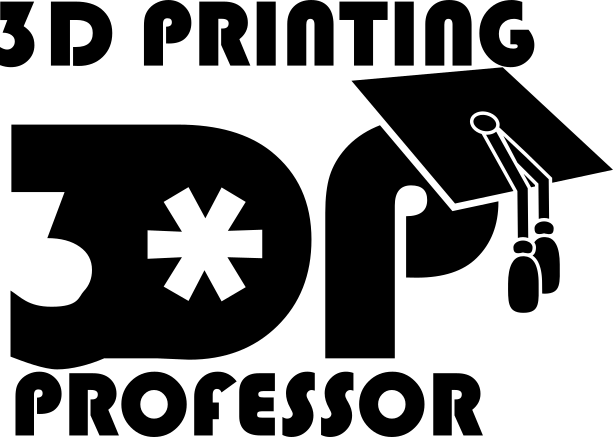This is very late getting to you, and a bit out of order. The end of the 3D printing 101 series, the part where you get some hands-on with slicers and actually make something, I wanted to get out there first. Then, I went back and wrote the other chapters. As I do I’ll insert them into the youtube playlist where they belong. This one goes right at the start. Then I had to wait to get it edited because I wanted this to be the best content I could, hence the late start.
What is 3D Printing?
This can be a difficult to answer because 3D printing describes a lot of different processes that all work in similar ways, but each have their own strengths and weaknesses. Generally, 3D printers are computer controlled machines that start with nothing and add to it, building things in a process called “Additive manufacturing”.
How do 3D printers do it?
Generally 3D printers work in layers with each layer stacking on the layer below it. These layers are sometimes so thin as to be impossible to see.
Advantages of 3D printing
Because 3D printers are computer controlled, they can create elegant and repeatable designs with less human interaction. Being additive means that 3D printing generates less waste than other manufacturing processes. Also, being computer controlled it lends itself well to iterative design.
Traditionally the development process involves making a design, sending that plan to a shop, and waiting for the shop to follow the plans, and waiting for the object to get shipped back to you. With this process changes are expensive, so “good enough” often ends up being the best you can hope for. But with a 3D printer on hand it’s so relatively cheap and easy to make a change there’s no reason not to try the design over and over again until it is exactly the way you want it.
Concerning reproducability, if a designer makes their tried and tested design available to you, and you have a similar 3D printer, it’s a simple matter to calibrate your printer, load it up with filament and the 3D model and make one for yourself, taking advantage of their work and effort to save yours. In reality it doesn’t work every time,but more often than not it does.
But is it Magic?
3D printing. It describes a number of processes, including some machines which could be in your house, that with the push of a few buttons, and a little machine operation, can automatically, additively, make something from a design that possibly someone else created. Now that it’s broken down it’s clear that 3D printing isn’t actual magic, but it can be pretty magical.

